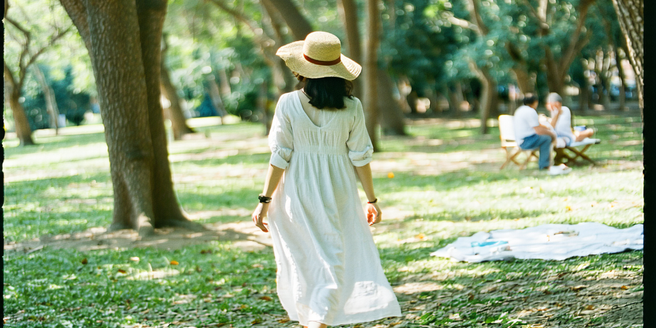
Understanding Heatwave Risks and Clothing Needs
During a heatwave, our bodies face challenges in regulating temperature, leading to potential heat-related illnesses. It’s crucial to understand how our clothing choices can mitigate these risks by facilitating effective heat dissipation. Light, loose-fitting clothing made from breathable fabrics can enhance air circulation and promote sweat evaporation, helping the body to cool down efficiently. Wearing hats or using umbrellas can also provide necessary shade and reduce direct exposure to the sun. Overlooking appropriate clothing during a heatwave could exacerbate overheating and dehydration risks. Emphasizing breathable textures and appropriate styles ensures not just comfort but safety in soaring temperatures. Prioritizing clothing that aids natural cooling processes is vital for maintaining well-being in extreme heat conditions.
Fabric Choices for Maximum Breathability
Choosing the right fabric during heatwaves can significantly impact comfort levels. Natural fibers such as cotton and linen are renowned for their breathability and moisture-wicking abilities, enabling sweat to evaporate quickly and keeping the body cooler. These materials allow air to circulate close to the skin, reducing overheating. In addition, they are often more environmentally friendly due to their biodegradable nature. It’s also helpful to select lighter colors to reflect sunlight rather than absorb it. Opting for loose-weave fabrics can also enhance air circulation, making them ideal choices for heatwave attire. Synthetic materials, on the other hand, retain moisture and restrict airflow, often leading to increased discomfort. For optimal comfort in high temperatures, prioritizing natural, breathable fabrics is essential.
Optimal Colors to Keep You Cool
Selecting the right colors during a heatwave can influence how hot you feel. Light-colored clothing reflects more sunlight, thus absorbing less heat compared to dark colors, which trap heat. Whites, pastels, and neutrals are excellent choices as they reflect sunlight away from the body, minimizing heat absorption. Wearing lighter colors can also boost your mood, providing a psychological sense of coolness. This simple choice can significantly affect overall comfort during hot weather. By choosing lighter hues, individuals can stay more comfortable and cool, allowing their bodies to regulate temperature more effectively. Experimenting with soft colored garments does not only reduce heat exposure but also provides aesthetic versatility in extreme temperatures. Therefore, mindful color choices play a crucial role in mitigating heat effects.
Versatile Styles for Layering in Heat
Layering in high temperatures might seem counterintuitive, but it offers versatility in managing changes throughout the day. Lightweight, breathable layers such as loose shirts or tunics can protect against UV exposure while allowing sweat to evaporate. Adding accessories like hats or scarves can further complement the layered ensemble while offering additional sun protection. This approach also allows for personal expression through different styles and colors. When transitioning indoors to air-conditioned environments or outdoor shaded areas, removable layers can provide ease of adaptation without compromising comfort. Ensuring that base layers are moisture-absorbing while outer layers are airy and protective enhances the utility of layering. Keeping styles adaptable through layering can thus aid in navigating varied heat intensity effectively.
Accessorizing for Sun Protection
Beyond clothes, the right accessories play a vital role in shielding the body from harsh sunrays. Wide-brimmed hats offer extensive shade, protecting the face and neck from direct sun exposure. Additionally, a good sunscreen should always be applied to exposed skin for optimal protection. For extended periods outdoors, choosing the right accessories can significantly enhance your comfort and safety. Sunglasses with UV protection safeguard the eyes while reducing glare. Scarves or shawls in light fabrics like cotton can cover shoulders or be draped to protect against intense sunlight, ensuring additional protection for sensitive skin areas. These accessories enable individuals to stay cool and prevent overexposure to harmful ultraviolet rays while outdoors, contributing significantly to overall sun safety strategy during heatwaves.
